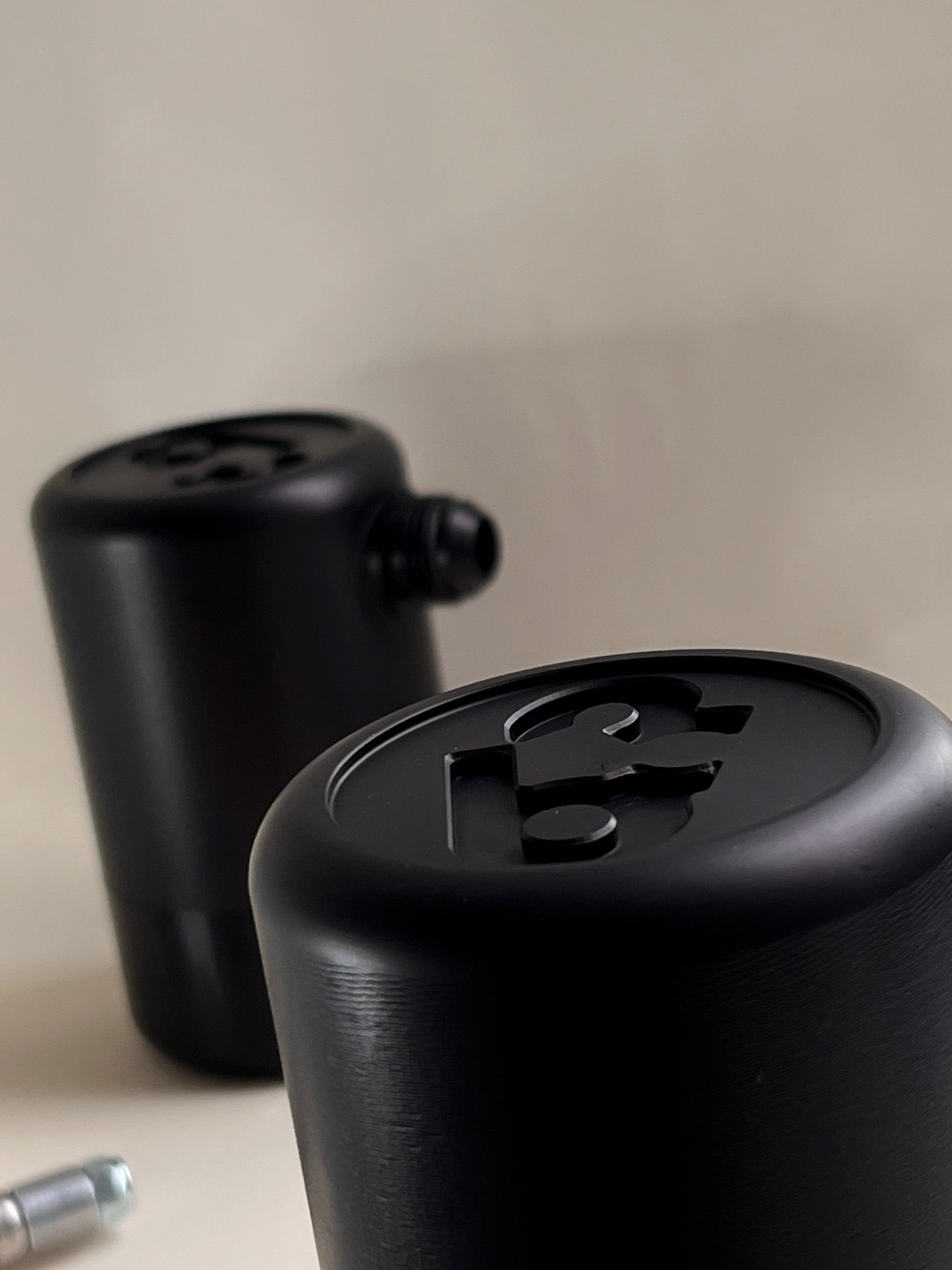63 Motorsports Catch Cans M156 v. M157
M157 $800 catch cans
It is to no secret that these items have very tight knit beginnings between all the supported chassis. They all look similar and with their final iteration of design and optimization what’s different?
To answer this we need to know the type of engine and characteristics of blowby!
The M156, being a high compression engine spews out larger aerosol particles for blow-by.
The M157, in stock form, must deal with forced induction in much lower displacements (5.5L vs 6.2L). The centrifuge (in the rear of Bank 1 cylinder head) traps larger aerosol particles and collects this precious lubricant for recirculation within the crank. The complication for this engine has it implementing a two stage crankcase ventilation system, a low and high idle controller. Cylinder head-Bank 2, houses the low idle vent! Our M157 study, noted the systems to pick smoke and suspend tar-like contaminants within the intake tracts. The M157 system’s efficiency is so great that it created the worse type of blowby - carbon steam!
What does this residue look like? CLICK
Owners continue to suspect that carbon clean up was very much a necessary requirement for M157 heads - and they are correct!
M157 inlet tracts accumulate the same tar-like carbon steam build up in all of the intake walls leading up to the intake valves! See sample below!
This carbon must be attended to by carbon cleaning, yet we can not carbon clean the intake walls and prevention is the only key!
The design of the M157 catch can baffles followed! IT needed to be different from the M156 in a big way! A dynamic trap allowing movement of carbon steam was included along the while preventing decreased flow caused by condensate. In the winter times frost build up was prominent and several iterations were made!
What we carry now is the best version of the M157 blow by management systems. The M157’s very own carbon saving catch can.
The stubby brothers are perfectly packaged to fit within the tight confines of the M157 engine bay.
M157 catch cans are maintained every 10,000 kilometers+.
We must solidify AMG’s presence now and for the future!
M157 DCCS/K are maintained every 10,000 kilometers+.
Development M157 catch can.





